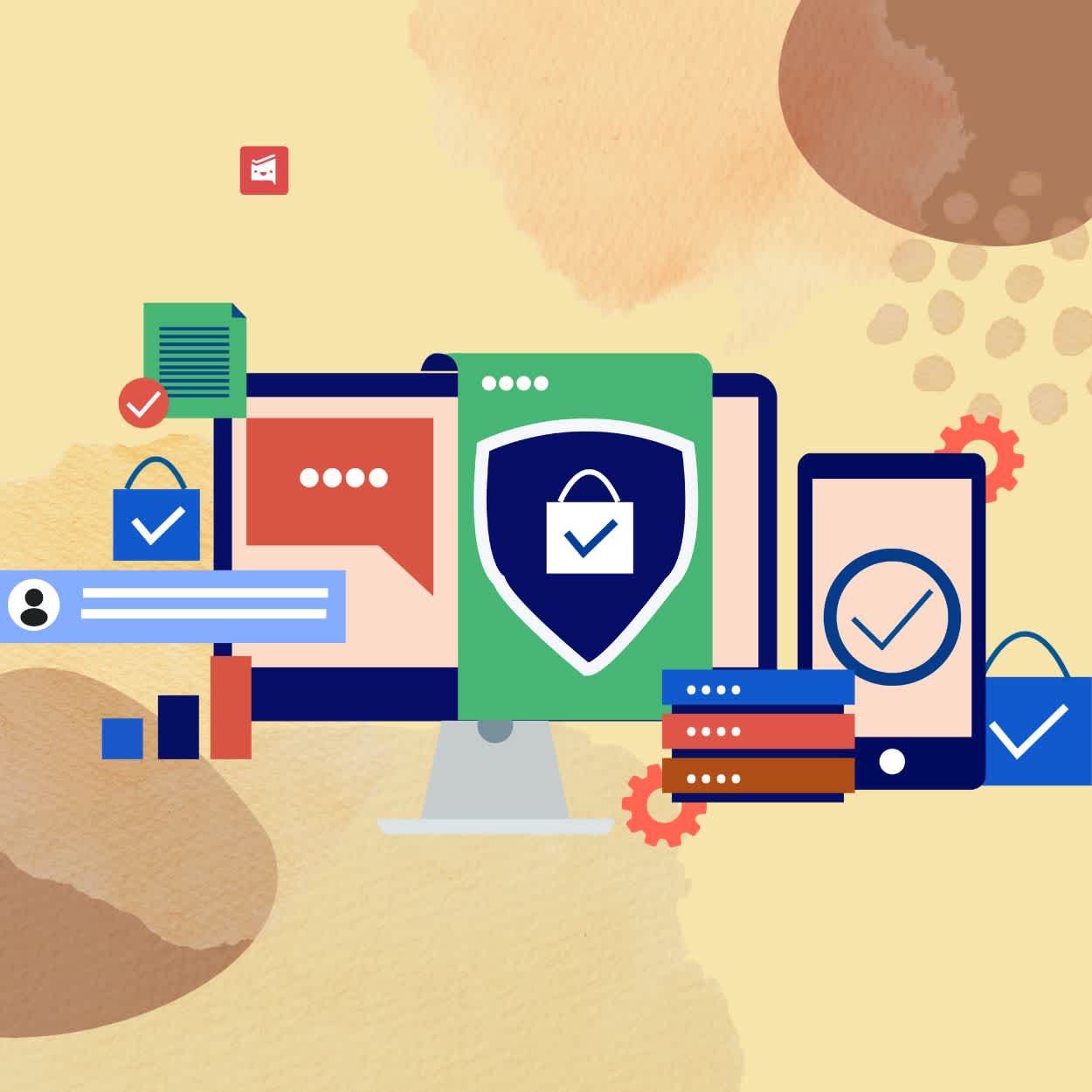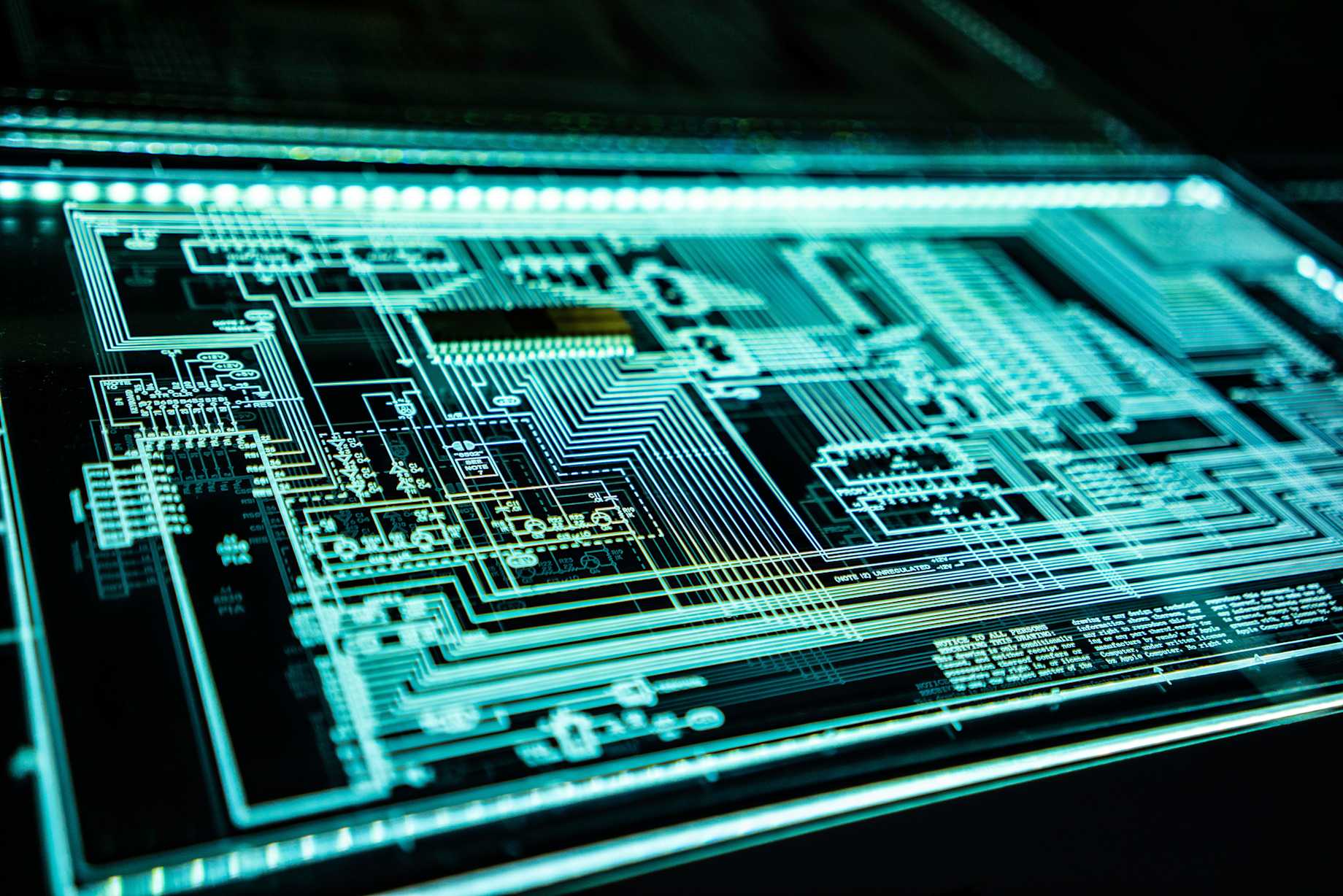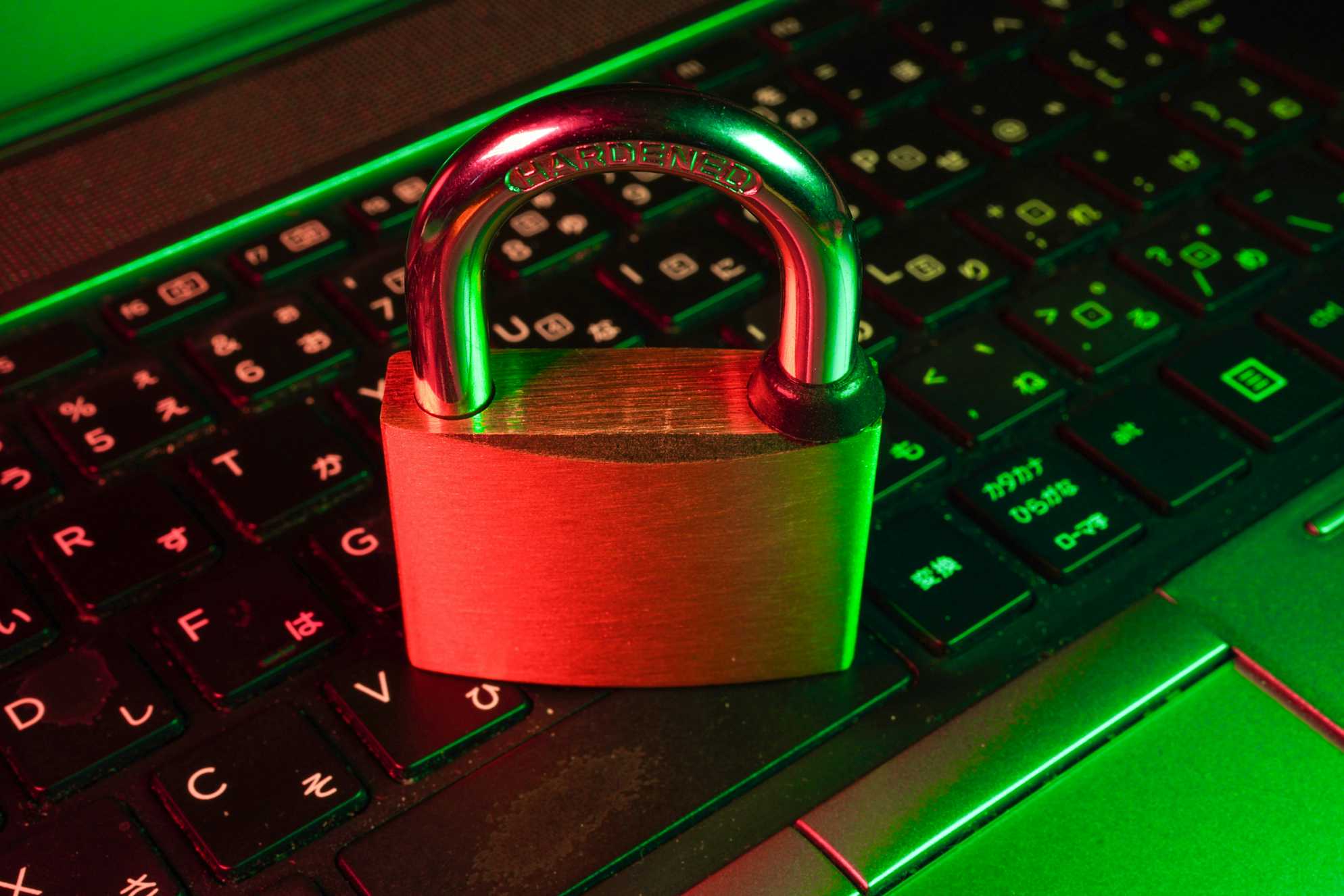How security software protects remote teamwork efficiency
ByJulian Gette
Workast publisher

Workast publisher
Remote and hybrid work have changed the dynamics of team work. Workers have gained the ability to communicate at any rate, time at any location . They use a variety of devices and networks. Besides, this freedom has come with its own dangers. For example, unprotected Wi-Fi, phishing, and even possible data breaches.
A secure remote work environment is no longer optional; it's essential. Today vital company information becomes easy to be acquired by the wrong individuals. The dilemma in business today is the ability to strike a balance between safety and output.
The modern security programs allow teams to be efficient. They ensure safety of information that is sensitive at the same time. The tools are aimed at securing against cyber threats. Also they allow seamless and safe cooperation on distributed networks. It’s always important to follow the basic security rules. Checking Moonlock will give readers instructions on how to secure your remote workforce. According to these instructions, investing in the right software is crucial. It ensures your network security for remote employees. This means, they can operate without constant fear of cyberattacks.
The main technologies to aid in remote work security are:
Data encryption. Guarantees that files and messages are not accessed by unauthorized persons.
Products. Protects laptops, smart phones, and tablets owned by employees.
Safe online systems. Enable groups of people to work securely through proven online systems.
The tools of the access control. Assist in controlling the access of people to the data in your network.
Remote teams are characterized by the challenges. These challenges are not usually instant in the real office setting. These include:
Employees who use public Wi-Fi have a potential to expose corporate data.
Phishing: With remote employees, cybercriminals use phishing in letters or messages.
Weak passwords. In the absence of stringent policies, users tend to come up with easy to guess passwords.
Weaknesses of the devices. Endpoints are easy targets due to outdated systems or unavailable patches.
To combat these threats, organizations must learn how to secure your remote workforce effectively. The answer consists of active cybersecurity both technology and employee education.
A secure remote work environment starts with solid foundations. Companies must adopt multi-layered protection solutions. This way they can ensure the safety of both login credentials and file sharing on clouds.
With encryption, data intercepted cannot be read as the data remains encrypted. Let's take an example of video conferencing or messaging tools that are encrypted. This helps in preserving and keeping confidentiality when its team discusses.
Any device that a remote employee is working with serves as a vulnerability point. The Endpoint protection software will track the devices against suspect activity. In case there's any suspicion activity access is blocked.
The access management enables the administrators to have control. They can control who gains entry into the system and the information that they can gain access to. With secure remote access management, companies can limit permissions. Also they can detect unusual logins, and quickly revoke access if needed.
Consciousness should be followed by actions. Effective strategies for securing remote workforce operations include integrating many protection layers. Also it's important to automate repetitive security checks.
With centralized systems, IT administrators are able to handle the security of devices. They can detect threats, and updates of all the endpoints using a single dashboard. This reduces the susceptibility to human mistake and guarantees homogeneous security.
MFA further ensures a higher level of security. It uses two or more authentication techniques before access is given. This method will drastically cut illegal password attempts. Particularly, the ones of remote workers.
The availability of safe cloud services enables teams to work together on papers. Cloud security applications will check file transfer. Also they'll check any unusual activities in advance and before they are threats.
These tools not only increased protection but also efficiency. As soon as the employees realize that their systems are safe, they can concentrate on their tasks.
Secure remote access allows employees to reach the company's internal network from anywhere. This is very crucial in teams that depend on common files, project management systems.
When properly configured, secure access tools:
Expenses caught before connectivity.
Secrecy of data sent between devices and servers.
Prevention detects unverified endpoints by blocking them.
Striking a balance between Productivity and Protection.
Some people fear that excess security threats will decelerate the day-to-day activities. Nonetheless, the contemporary security solutions are capable of fitting easily into telecommuting systems.
Efficient securing remote workforce strategies focus on:
Reducing the time wasted during the entry of passwords and sharing files.
Automation of security scanning and alerts.
Providing compatibility between devices.
The result? The teams have a continuous work with no re-strains of having to worry that their data is secure.
The way technology changes will make cyber threats more advanced. The companies must keep adjusting their approaches. This is crucial to safeguard against AI-driven attacks, social engineering and ransomware.
These technologies will enable organizations to achieve both agility and security.
Remote work has presented both limitless opportunities of flexibility and teamwork. Yet, it has brought increased responsibility. A secure remote work environment ensures that employees can perform at their best. This way they can keep company data safe.
Encryption, endpoint protection, and secure remote access management are very important. With the use of them businesses can face today's workplace digital challenges. Protecting the teams is vital. Once they're safe, employees can concentrate on what is more important. They can do their job more effectively, creatively, and safely.

